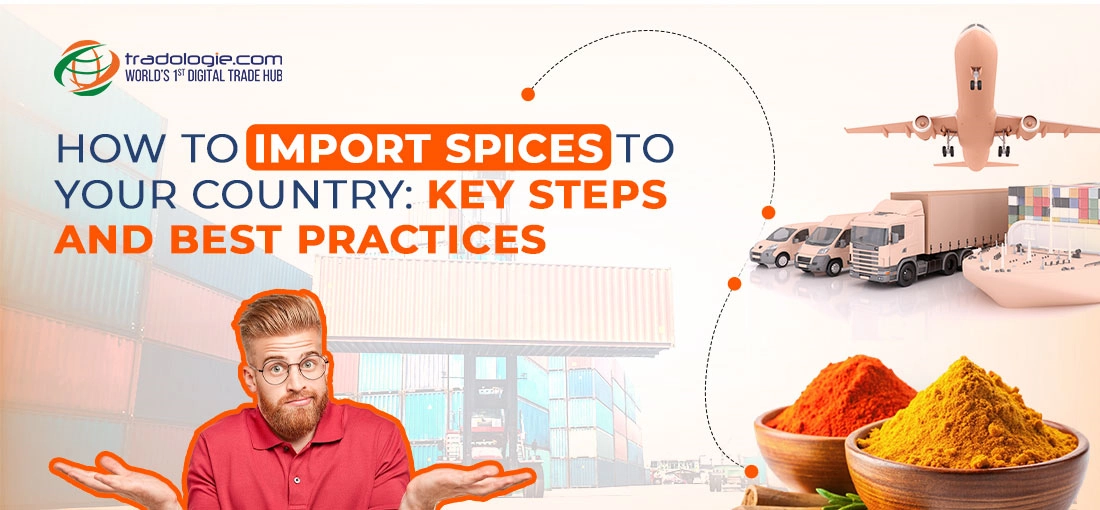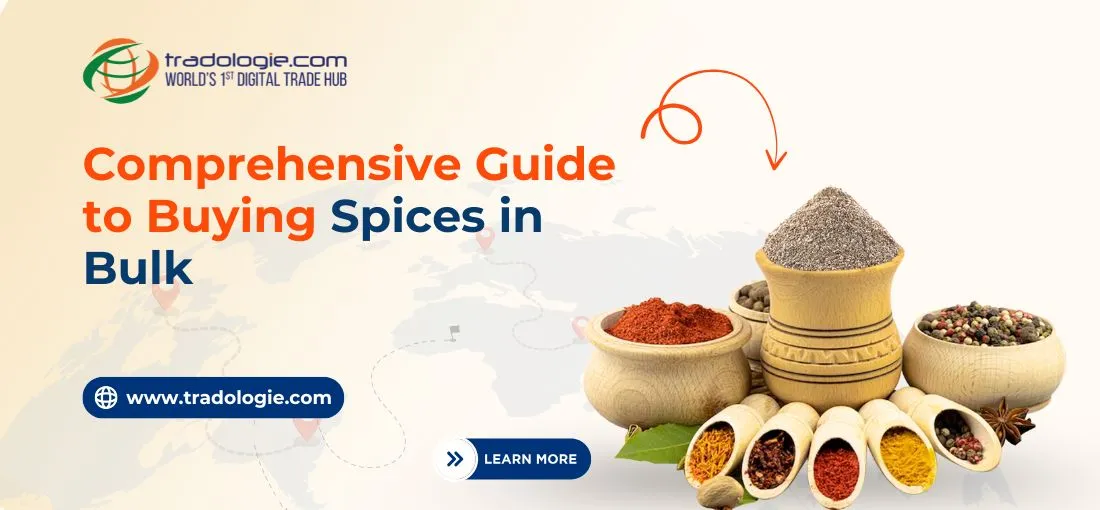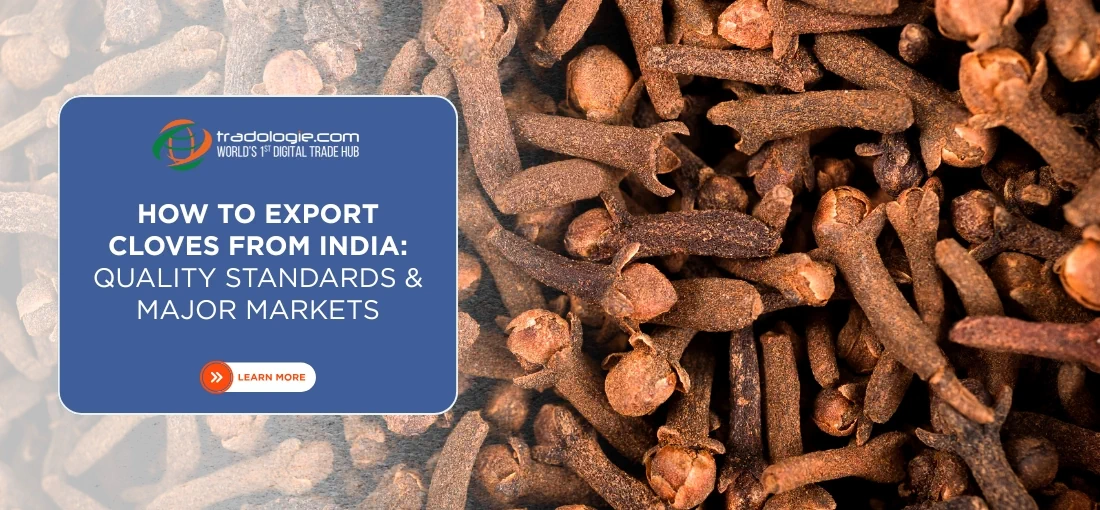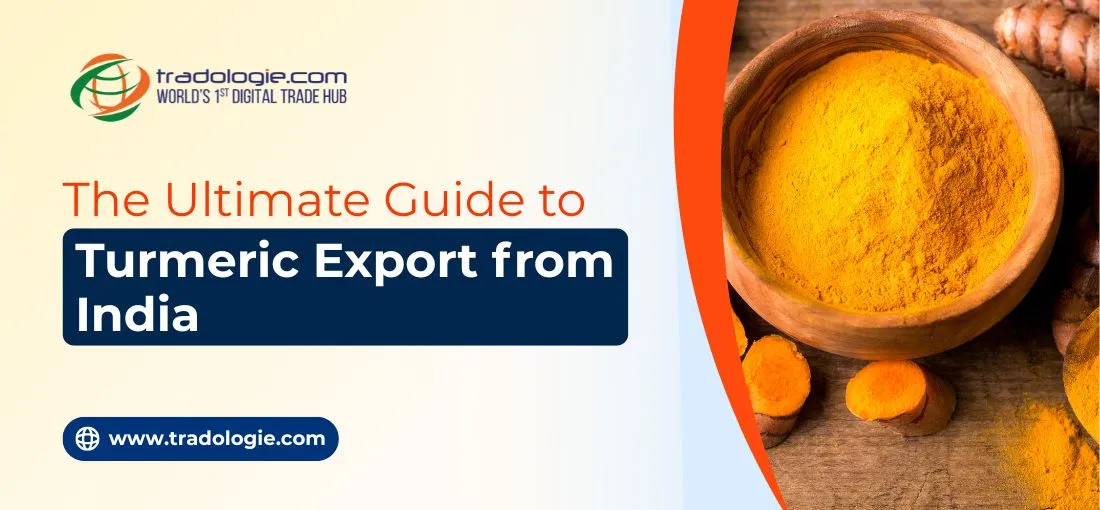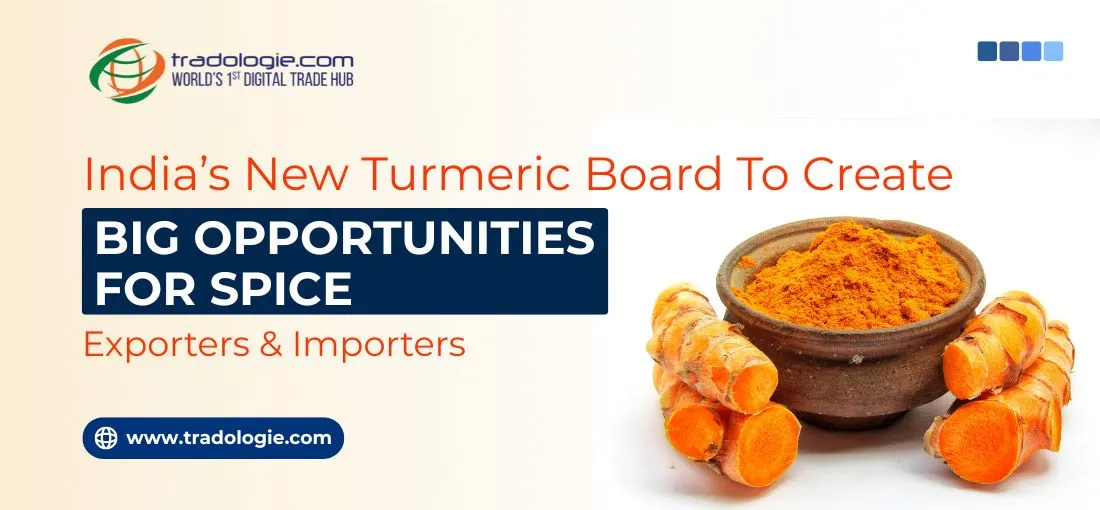How to Import Spices to Your Country: Key Steps and Best Practices
The human taste buds are accustomed to enjoying the flavour of spices. Centuries ago, there existed trade routes dedicated to spices. It is believed that the Indian subcontinent was the epicentre that attracted the dynasties and explorers from different parts of the world.
Spices remain a high-utility, commercially vital commodity in the global corridors of structured agro trade. In fact, they have moved beyond being merely a food ingredient. They are extremely high-value functional raw materials used widely in the food processing, snack manufacturing, ready-to-eat meal, and herbal and nutraceutical industries.
The global seasoning and spices market was valued at USD 21.69 billion in 2023 and is projected to grow to USD 34.31 billion by 2030. This underlines the sustained relevance for bulk spices importers operating within B2B procurement frameworks.
Assess Origin-Specific Competence Before Sourcing
The origin specialization plays a critical role in the global spice trade industry. This is because the climatic and soil conditions of the country determine the quality of the crop. Indeed, other countries might also be growing it. However, some countries do have a legacy from historic times.
- India: The world has craved Indian spices for centuries and has been importing them consistently through ancient trade routes. The country has impeccably expertise in turmeric, chilli, and cumin, which is well supported by the ideal soil and climatic conditions and established merchant spice exporters with export-grade processing capacity.
- Vietnam: Vietnam is one of the most prominent and dominant suppliers of black pepper and star anise. This southeast asian country offers the most competitive pricing and timely bulk containerized shipments for the b2b procurement needs of spice buyers.
- Sri Lanka: This small Island country also has a niche capability in catering to the specific needs of high-end quills and high-volatile oil content. It has selected buyers who place their consistent orders.
Understanding these market specializations is essential for importers seeking to secure reliable, specification-driven shipments while maintaining cost competitiveness.
Precision in Procurement: Grade Selection Matters
Spices in the B2B trade are not generic SKUs. Importers must ensure grade alignment with industrial applications:
- Turmeric: Curcumin content requirements vary for buyers in the nutraceutical and colouring sectors.
- Chilli: ASTA colour and Scoville heat parameters are critical for snack processors and sauce manufacturers.
- Pepper: Density, piperine levels, and moisture parameters impact spice blend manufacturers' batch consistency.
Bulk spice importers should request pre-shipment samples and technical datasheets from exporters to align quality expectations with processing requirements.
Structured Price Benchmarking Across Exporters
In B2B spice procurement, price benchmarking is a methodical exercise, not a speculative negotiation. Importers should gather structured quotations from multiple suppliers and evaluate:
- Processing type (machine-cleaned, stemless, or steam-sterilized)
- Packaging format (bulk bags, vacuum packs)
- Payment terms (FOB, CIF, CAD)
- Historical consistency in delivery timelines
It is essential to consider pricing in the context of product quality and consistency to avoid shipment rejections, reprocessing costs, and customer dissatisfaction in downstream markets.
Evaluate Supplier Capability Through Profiles and Digital Catalogues
Supplier selection in spice imports should move beyond price comparisons alone. Importers are advised to request digital brochures, website references, and export track records from potential suppliers to assess:
- Processing and cleaning infrastructure
- In-house or third-party testing capabilities
- Geographic spread of export markets served
- Ability to handle bulk orders under export-grade compliance
Well-prepared suppliers often provide catalogues with certifications (ISO, HACCP, FSSC) and capacity disclosures, indicating their ability to support institutional buyers consistently.
Documentation and Compliance Readiness
Importing spices requires compliance with food safety and trade regulations:
- Phytosanitary certificates confirming shipments are pest-free
- Certificate of origin for duty benefits under trade agreements
- Lab test reports detailing moisture, pesticide residues, and microbial limits
- Fumigation certificates were required.
Importers should confirm that spice exporters have established documentation SOPs to prevent customs delays, especially when importing into regulated markets like the EU and North America.
Securing Direct Quotations to Avoid Middleman Price Layers
It is not just the spices, but a problem common with the entire global agriculture trade industry which is it is difficult to identify whether a counterparty is a direct supplier or a trading intermediary. In fact, the multiple layers in the supply chain are known to inflate pricing, cause inconsistencies in the transaction, and reduce overall transparency. Thus, spice buyers need to prioritize direct engagement with exporters capable of fulfilling large-scale institutional orders to ensure price efficiency and control over shipments.
Payment Structuring for Bulk Spice Imports
Payment terms are a key negotiation component in B2B spice trade:
- LC (Letter of Credit): This is one of the safest payment modes in international payments. The respective banks of the other parties take the guarantee of payment in this payment. However, since this payment is time-consuming and slightly expensive, it roughly accounts for only a 12% share of the payment methods used globally in international trade.
- Escrow Payment: This is also one of the most widely used payment modes in international trade. A neutral party holds the funds during this payment process, which is most commonly called an Escrow Agent. These funds are securely held in trust by the agent until specific conditions that are outlined in an agreement are met by all parties involved in the trade process.
Aligning payment terms with shipment schedules, quality checks, and documentation cycles reduces working capital pressure while ensuring trade discipline.
Conclusion
Finally, to conclude, spices are one of those food commodities that serve as both critical and commercially viable commodities in the food supply chain for importers. Success in the spice trade, especially procurement, is majorly premised on the strategic and careful selection of suppliers. It's largely about taking a disciplined approach that aligns with your b2b needs, which includes maintaining a perfect balance of quality, cost-effectiveness, and delivery timelines.

